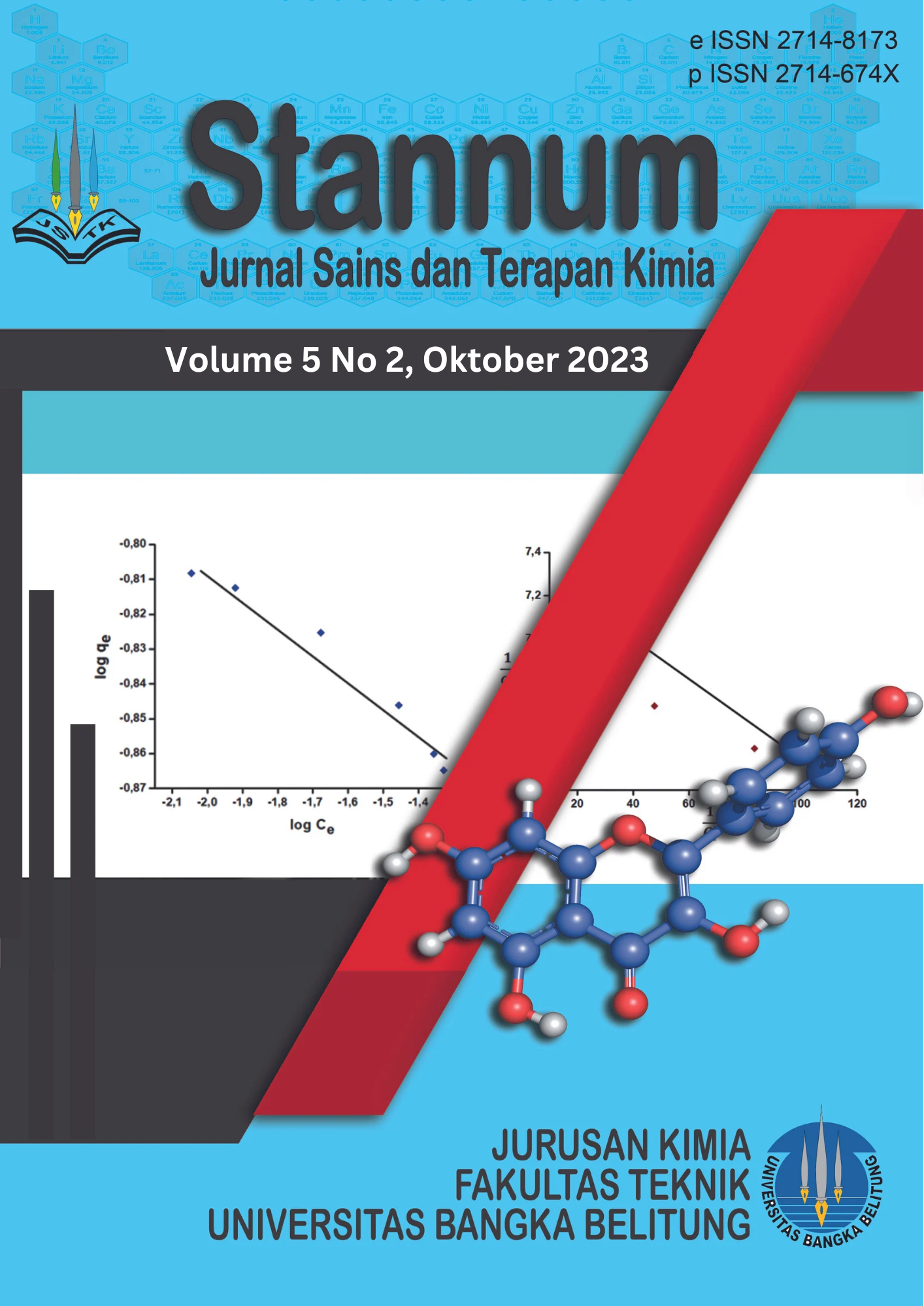Comparative Study Of The Use Of Natural Ingredient In Ethnomedical Study In Indonesia On The Herbal Formulary Of The RI Ministry Of Health
Abstract
Geologically based on the Wallace-Weber line, the distribution of flora in Indonesia is divided into 3 regions, namely the west which is influenced by the Asian continent, the middle which is a transition, and the east which is influenced by the Australian continent. Research on ethnomedicin from various regions has been carried out including representatives from each region. A review of the ethnomedicine studies was comparing various region of Indonesia namely Jambur Labu Village (DJL) in Jambi Province, Sangihe Island (PS) in North Celebes, Morotai in North Maluku (MU), Secang District in West Java, the Dayak Tribe in East Kalimantan, and Jayawijaya District in Papua to the Original Indonesian Herbal Medicine Formulary (FOHAI). From ethnomedicine research conducted in 9 regions in Indonesia from the islands of Sumatra, Java, Kalimantan, Sulawesi, Maluku, and Papua, it was found that Psidium guajava was used the most, namely by 8 regions and generally as an anti-diarrheal, then turmeric was used by 7 regions. Annona muricata, Morinda citrifolia, Musa paradisiaca, Piper betle, Syzygium Polyanthum, and Zingiber officinale were used in 6 areas. Among the most utilized plants, Piper betle and Musa paradisiaca have not been included in FOHAI data.Downloads
Download data is not yet available.
Published
2023-10-31
How to Cite
Azzahra, F., & Astuti, A. (2023). Comparative Study Of The Use Of Natural Ingredient In Ethnomedical Study In Indonesia On The Herbal Formulary Of The RI Ministry Of Health. Stannum : Jurnal Sains Dan Terapan Kimia, 5(2), 58-74. https://doi.org/10.33019/jstk.v5i2.3895
Section
Articles












